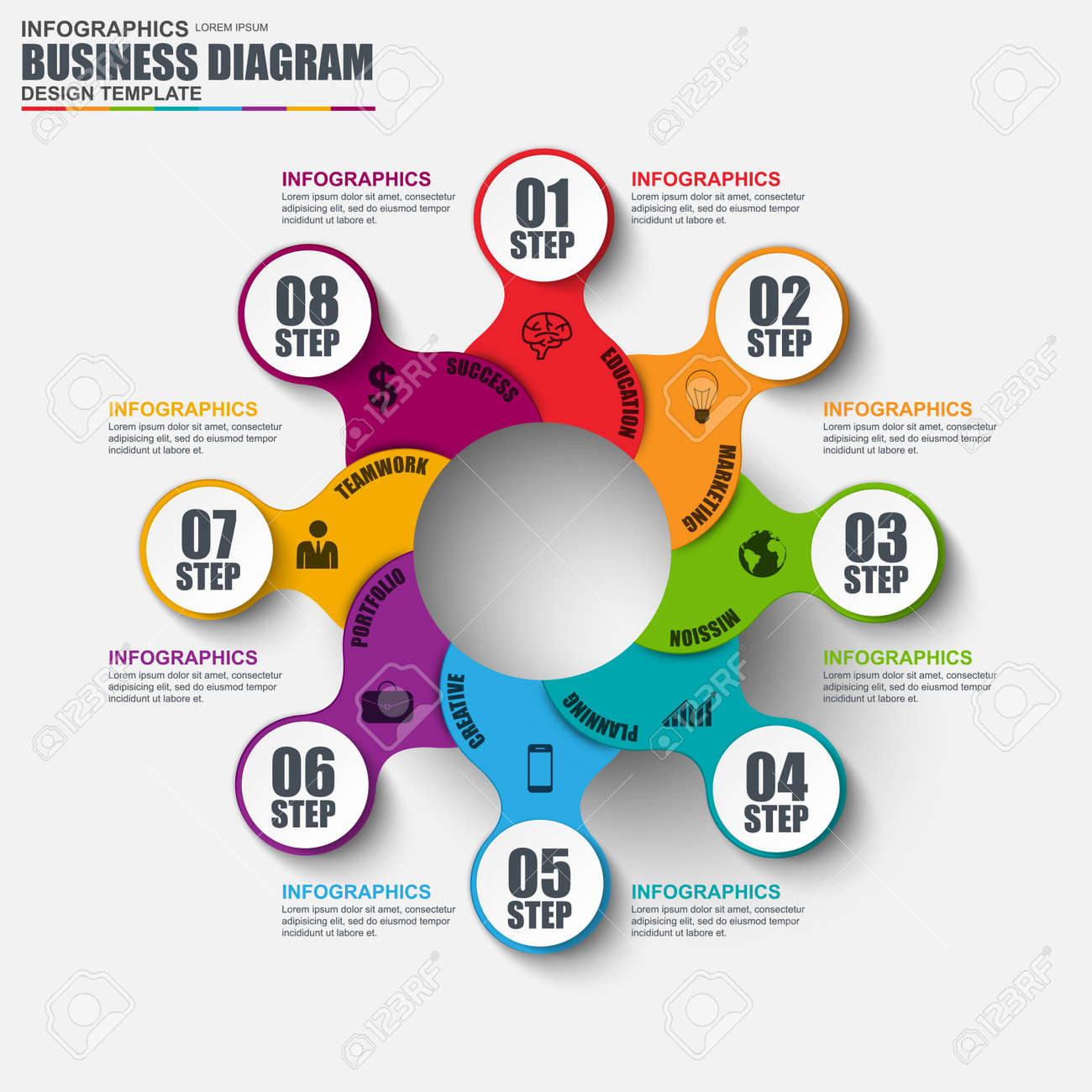Fascinated In Learning How Site Layout Has Transformed For Many Years? Check Out The Journey
Fascinated In Learning How Site Layout Has Transformed For Many Years? Check Out The Journey
Blog Article
Web Content Created By-Bradshaw Molina
In the past, internet sites were straightforward and concentrated on info. Navigating was direct, and layout was for desktops. Currently, user experience is essential. Information guides designs for simple navigating. Receptive formats fit different tools. Today, dark mode lowers strain, and minimal food selections enhance navigating. Interactive functions engage customers, and vibrant visuals stick out. AI assimilation increases involvement. See exactly how style has actually developed to improve your online trip.
Very Early Days of Website Design
In the very early days of web design, simpleness reigned supreme. Websites were fundamental, with minimal shades, typefaces, and designs. https://www.searchenginejournal.com/efficient-rank-tracking-tips-seranking/439411/ was on supplying info instead of showy visuals. Individuals accessed the web via slow-moving dial-up links, so speed and functionality were vital.
Navigation menus were straightforward, usually situated at the top or side of the page. Internet sites were designed for desktop computers, as mobile browsing had not been yet prevalent. Web content was king, and developers prioritized simple readability over complex design components.
HTML was the main coding language made use of, and developers needed to work within its restrictions. Computer animations and interactive functions were marginal contrasted to today's standards. Web sites were fixed, with little dynamic content or customized customer experiences.
Increase of User-Focused Layout
With the evolution of website design, a shift in the direction of user-focused layout principles has actually ended up being increasingly noticeable. Today, developing web sites that prioritize individual experience is important for engaging visitors and achieving organization goals. User-focused style includes understanding the requirements, preferences, and habits of your target audience to tailor the web site's layout, material, and includes appropriately.
Developers now conduct thorough research study, such as user studies and use testing, to gather insights and comments straight from individuals. This data-driven strategy aids in producing instinctive navigating, clear calls-to-action, and aesthetically attractive interfaces that reverberate with site visitors. By linked web-site at the facility of the style process, websites can provide a more customized and delightful experience.
Receptive style has actually additionally emerged as a vital element of user-focused design, ensuring that web sites are maximized for different gadgets and screen dimensions. This adaptability enhances accessibility and usability, dealing with the varied methods users communicate with web sites today. Fundamentally, the surge of user-focused style represents a change towards developing electronic experiences that focus on the requirements and expectations of the end individual.
Modern Trends in Web Design
Check out the most up to date fads forming web design today. One prominent fad is dark setting design, using a smooth and contemporary appearance while minimizing eye pressure in low-light atmospheres. An additional essential trend is minimal navigating, streamlining menus and improving individual experience by focusing on essential elements. Integrating micro-interactions, such as computer animated buttons or scrolling impacts, can create a much more appealing and interactive web site. Receptive style remains crucial, making certain seamless customer experiences across various gadgets. In addition, making use of bold typography and unbalanced formats can include aesthetic interest and draw attention to certain content.
Incorporating AI modern technology, like chatbots for client assistance or customized suggestions, enhances customer engagement and enhances procedures. Ease of access has additionally come to be a substantial trend, with developers prioritizing comprehensive style techniques to satisfy varied customer requirements. Accepting sustainability by optimizing site performance for speed and effectiveness is an additional emerging pattern in website design. Teaming up with customer responses and information analytics to iterate and boost style continuously is necessary for staying appropriate in the ever-evolving electronic landscape. By welcoming these contemporary patterns, you can create an aesthetically attractive, user-friendly website that resonates with your target market.
Conclusion
As you review the evolution of site style from the early days to currently, you can see exactly how user-focused style has ended up being the driving force behind contemporary trends.
Embrace the trip of modification and adjustment in website design, constantly maintaining the user experience at the center.
Stay present with the most recent fads and innovations, and never ever quit progressing your strategy to create visually magnificent and easy to use web sites.
Progress, adapt, and create - the future of website design remains in your hands.
